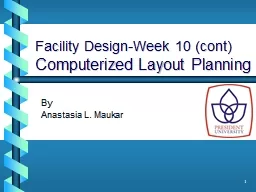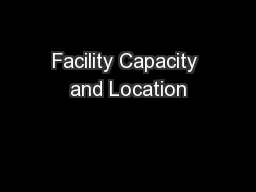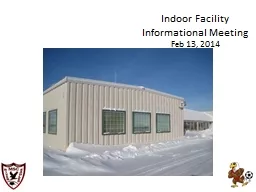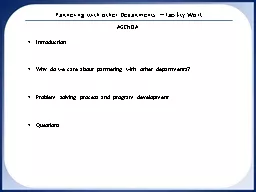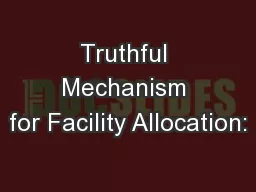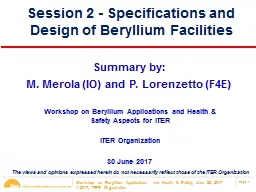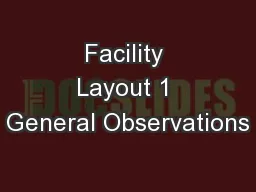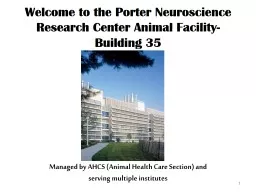PPT-1 Facility Design-Week 10 (
Author : test | Published Date : 2018-12-23
cont Computerized Layout Planning By Anastasia L Maukar 2 CRAFT Computerized Relative Allocation of Facilities Technique Created in 1964 by Buffa and Armour
Presentation Embed Code
Download Presentation
Download Presentation The PPT/PDF document "1 Facility Design-Week 10 (" is the property of its rightful owner. Permission is granted to download and print the materials on this website for personal, non-commercial use only, and to display it on your personal computer provided you do not modify the materials and that you retain all copyright notices contained in the materials. By downloading content from our website, you accept the terms of this agreement.
1 Facility Design-Week 10 (: Transcript
Download Rules Of Document
"1 Facility Design-Week 10 ("The content belongs to its owner. You may download and print it for personal use, without modification, and keep all copyright notices. By downloading, you agree to these terms.
Related Documents

